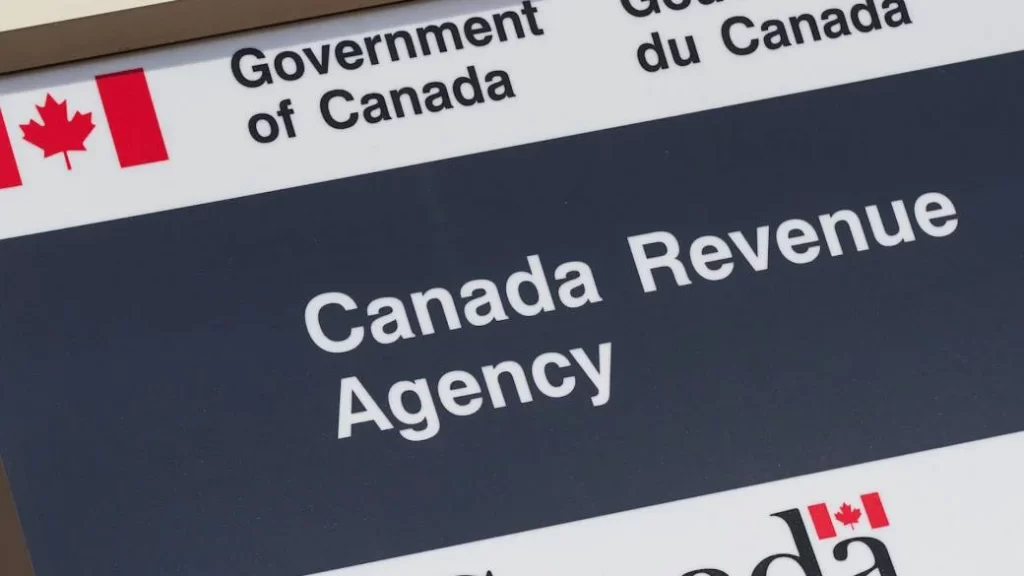A Section 85 Rollover can be used to reduce personal taxes when incorporating your sole proprietorship. This article will explain how a Section 85 Rollover works and give some examples to illustrate this tax planning technique.
We’ll also look at the Form T2057 that is needed to file the election and show an example of a completed form.
If you have been operating your business as a sole proprietorship and have determined it’s time to incorporate, you may want to look at using a Section 85 Rollover to transfer assets to your new company.
A Section 85 rollover is an election in the Canadian Income Tax Act that business owners can file to transfer property (typically business assets) into a corporation.
A Section 85 rollover allows taxpayers to defer all or part of the tax consequences that would otherwise arise on the transfer of the assets into the corporation.
If you have been operating your business as a sole proprietorship and have determined it’s time to incorporate, then this may be for you!
The form T2057 must be filed at the earlier of:
- The next sole proprietor’s tax return deadline
Or - The first corporate tax return deadline
We’ll go into some detail below on what the form T2057 looks like when it’s filled out.
What is the Purpose of a Section 85 Rollover?
There are a number of reasons why a taxpayer might use a Section 85 rollover.
These typically include:
- Sole proprietors can defer taxes when incorporating their business (in some cases)
- Estate planning
- Transferring assets from one business to another
- Crystalizing capital gains
The most common reason for using a section 85 rollover is to defer taxes when incorporating your sole proprietorship so we’ll focus on this scenario in this article.
Contact us for Section 85 rollover






